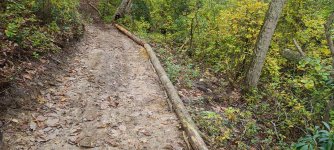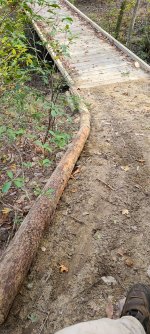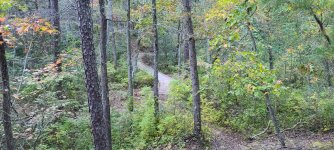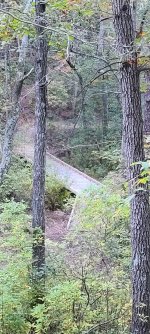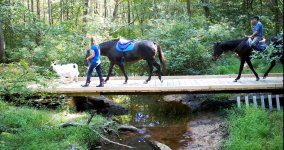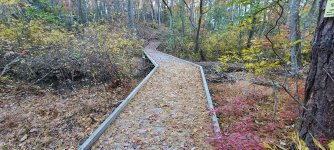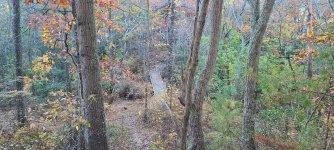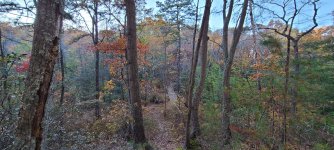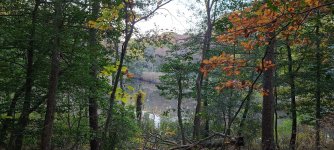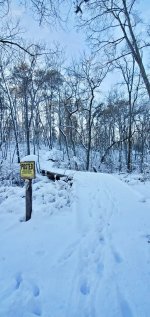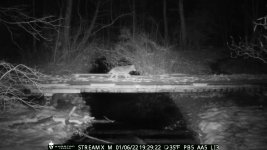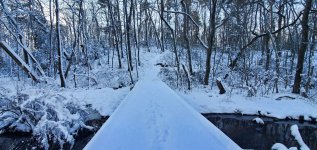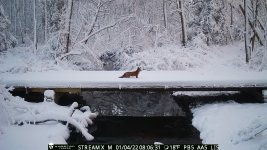rScotty
Super Member
- Joined
- Apr 21, 2001
- Messages
- 9,722
- Location
- Rural mountains - Colorado
- Tractor
- Kubota M59, JD530, JD310SG. Restoring Yanmar YM165D
That is wonderful work. We have a similar size creek and I've been thinking about a walking bridge over it.
The permitting process can be a bit daunting in some areas.
If you were to do this job again, is there some tractor, attachment, or even a more specialized machine that would have made the job easier and more enjoyable?
BTW, on the use of linseed oil for protection, what you are describing with your the boiled linseed oil and turpentine mixture should work - although it may be slow to cure (self-polymerize). That mixture is not to far removed from a harder natural oil varnish - which I made up in bulk when we built our house & learned some tricks in the process.
rScotty
The permitting process can be a bit daunting in some areas.
If you were to do this job again, is there some tractor, attachment, or even a more specialized machine that would have made the job easier and more enjoyable?
BTW, on the use of linseed oil for protection, what you are describing with your the boiled linseed oil and turpentine mixture should work - although it may be slow to cure (self-polymerize). That mixture is not to far removed from a harder natural oil varnish - which I made up in bulk when we built our house & learned some tricks in the process.
rScotty
